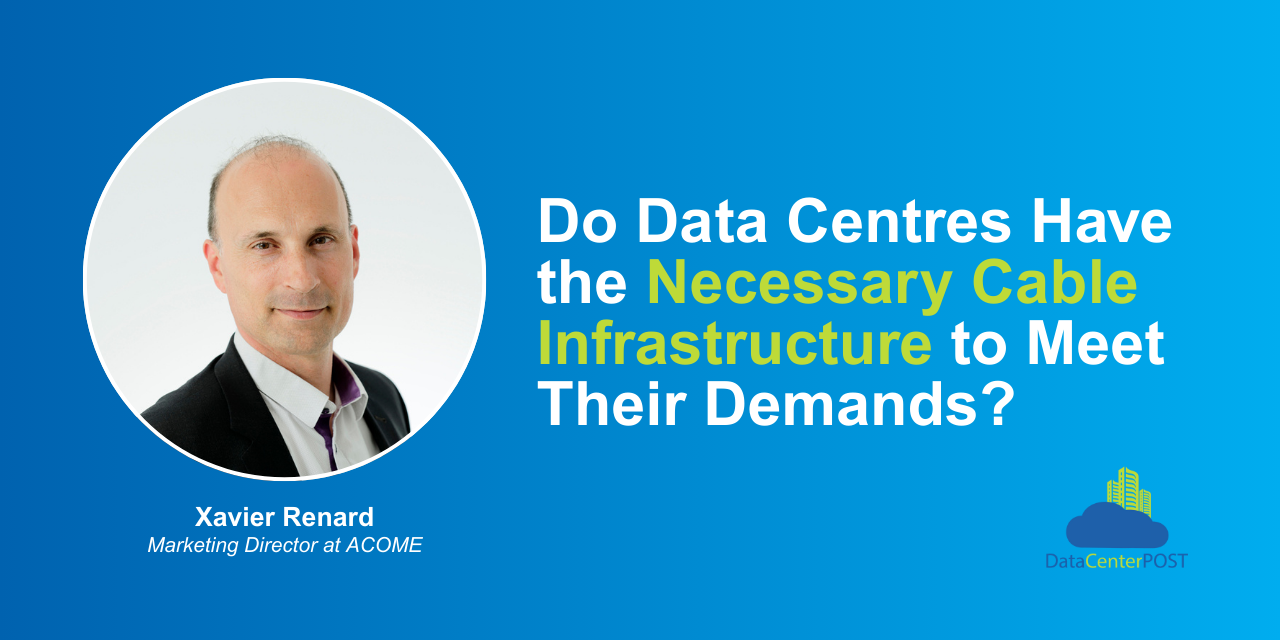Hyperscale and edge data centres are multiplying across Europe to address accelerated bandwidth demand, which is growing at a pace that outstrips the capabilities of conventional infrastructure. While optical fibre is often hailed as offering virtually unlimited bandwidth, transmitting ultra-high data rates over long distances of several hundred kilometres or more exposes the restraints of existing technologies.
In 2024, according to CBRE, the demand for data centres in Europe exceeded new supply. As well as demanding more from network architecture, in Europe, data centre power capacity is projected to increase by 21% by 2027. Network builders also face the challenge of more sparsely distributed sites as secondary locations outside of major cities become more popular for their proximity to renewable energy sources, lower land costs, and end-user markets.
Reaching limits of fibre capacity
This puts a burden on metro and long-haul networks to provide high-capacity, low-latency connection over long distances. Telecommunications networks, particularly the long-distance backbone infrastructure that aggregates high-capacity traffic, are under increasing strain to accommodate this surge, with some already approaching their capacity limits.
In the most widely deployed single-mode fibres, called G.652.D, these limitations are increasingly problematic. Frequent use of repeaters and regenerators, two critical components that underpin long-distance transmission, lead to significantly higher capital expenditures (CAPEX) and operational expenditures (OPEX) for example.
Repeaters, or amplifiers, boost optical signals that lose strength due to attenuation as they travel through fibre. These amplifiers also increase the level of accumulated noise in the system. Regenerators are required to overcome degradation and other impairments by converting the degraded optical signal into an electrical signal, cleaning it up, and then retransmitting it optically. Regeneration is complex, costly, and power-hungry, especially as the number of wavelengths and fibres scales up.
Expanding capacity by simply multiplying fibre links or regeneration sites leads to prohibitively high capital and operating costs and energy consumption, undermining efforts to build sustainable, future-ready infrastructure.
A proposed solution meant to last
When considering a solution, it’s also important that we remember that, while networks may appear static once deployed, they are in fact dynamic systems that evolve over time through continual hardware and software upgrades.
That’s why ACOME Group and Sumitomo Electric Industries, Ltd., in a new whitepaper, have proposed a new cable type that means networks can send more data across further distances. It does this by requiring fewer ‘repeaters’ to amplify the optical signals and can also avoid the need for signal regeneration.
With advanced coherent transmission systems and G.654.E fibre, the cable solution enables longer transmission distances. It also promises higher data rates per wavelength, and reduced infrastructure requirements – which are key enablers of energy-efficient, scalable, and future-proof optical transport networks.
Rethinking how we build for capacity
Telecom operators and infrastructure planners must rethink how they build for capacity, not just in terms of peak speeds, but in terms of reach, energy use, and long-term resilience. With the advent of commercially available 800G coherent optical systems and next-generation technologies capable of 1.2 Tb/s and 1.6 Tb/s, overcoming the technical limitations of existing networks whilst minimizing additional optical amplification or signal regeneration costs is crucial.
Advanced coherent transmission systems and G.654.E fibre offer a clear route forward. And given that fibre infrastructure is expected to remain in service for decades, operators need to be able to deploy cost-effective networks today, while ensuring scalability for next-generation high-bit-rate applications.
# # #
About the Author
Xavier Renard has over 15 years’ experience in Product and Strategic Marketing and over 20 years’ experience in the Telecom and Datacom industries.
Developing his marketing skills at Nexans (now Aginode), he supported and commercialized new infrastructure connectivity product lines for the FTTH markets in Europe. His proven commercial experience led him to take the responsibility for the marketing team.
At Schneider-Electric, he streamlined portfolios relating to the building network infrastructures in EMEA, opened operations in new countries, and provided and executed a strategic vision to increase value through digitalization in smart buildings. Schneider-Electric’s commitment to sustainability, reflected in its award for the world’s most sustainable corporation by Corporate Knights in 2021, enabled him to learn how to assess the environmental impact of products. Continuing these efforts, Xavier joined ACOME – a company deeply involved in measuring and reducing its environmental footprint since the 1980s – in 2019 as Marketing Director of the Telecom Business Unit and became a Board Member of the FTTH Council Europe in 2022.


